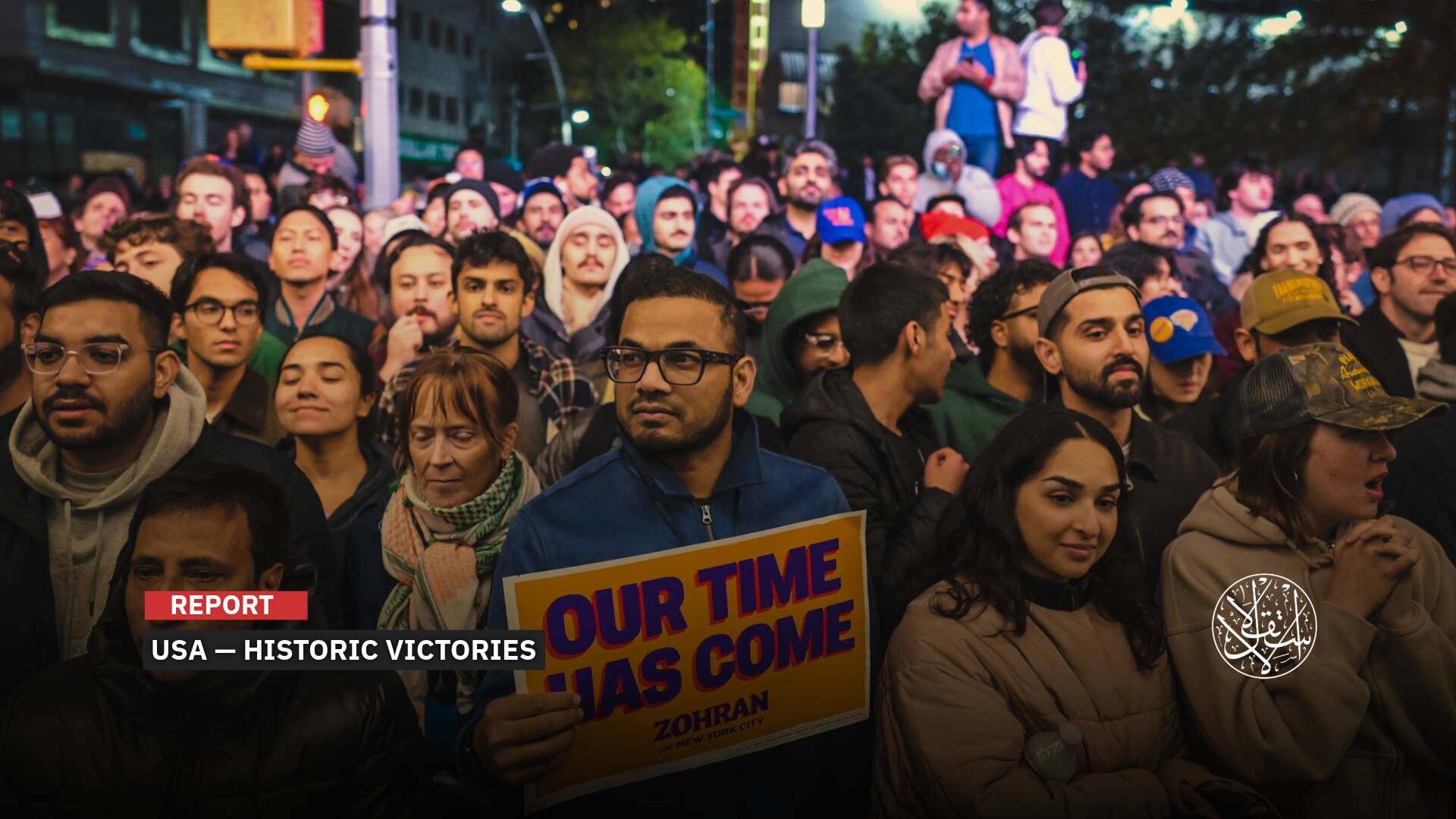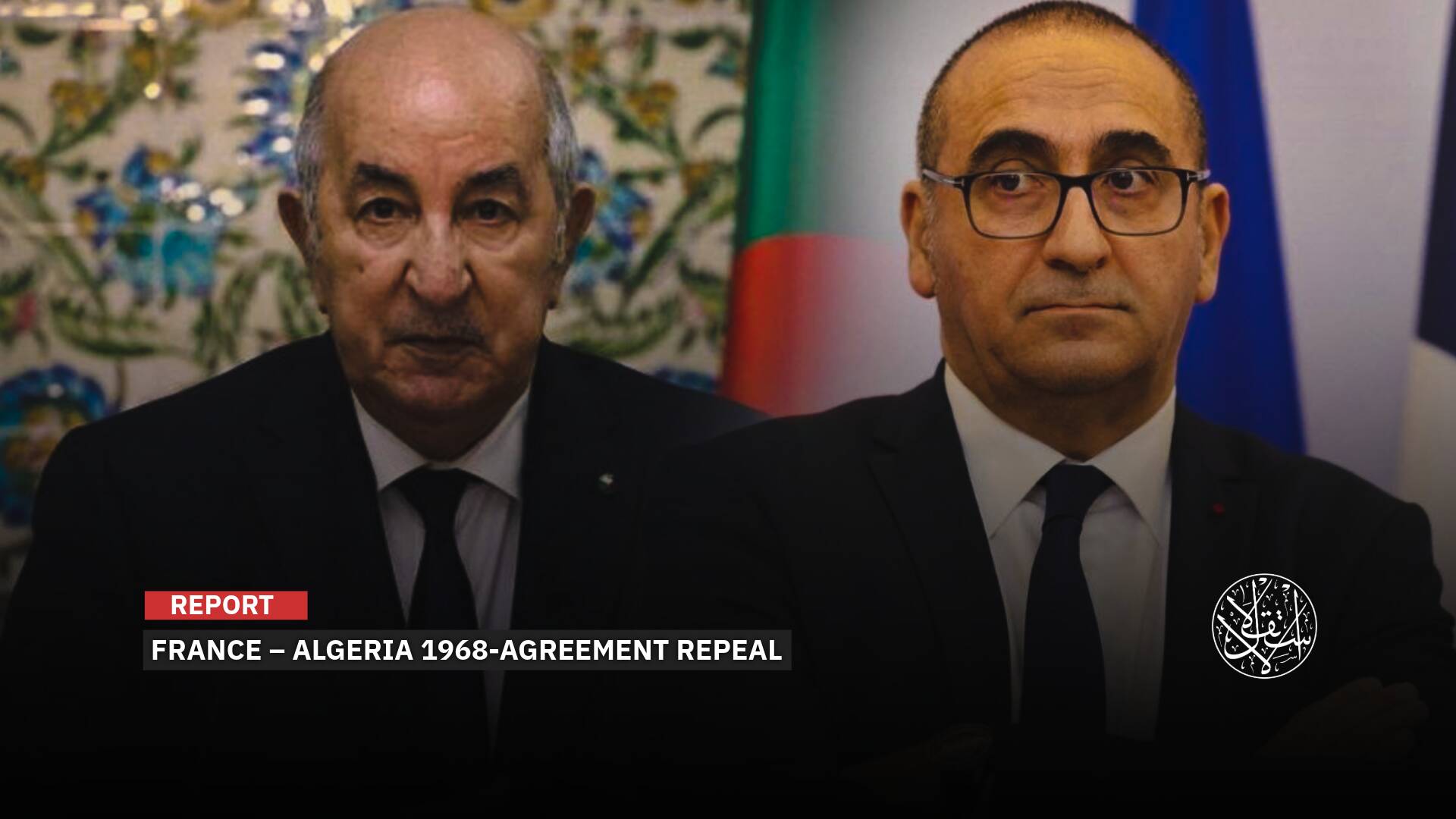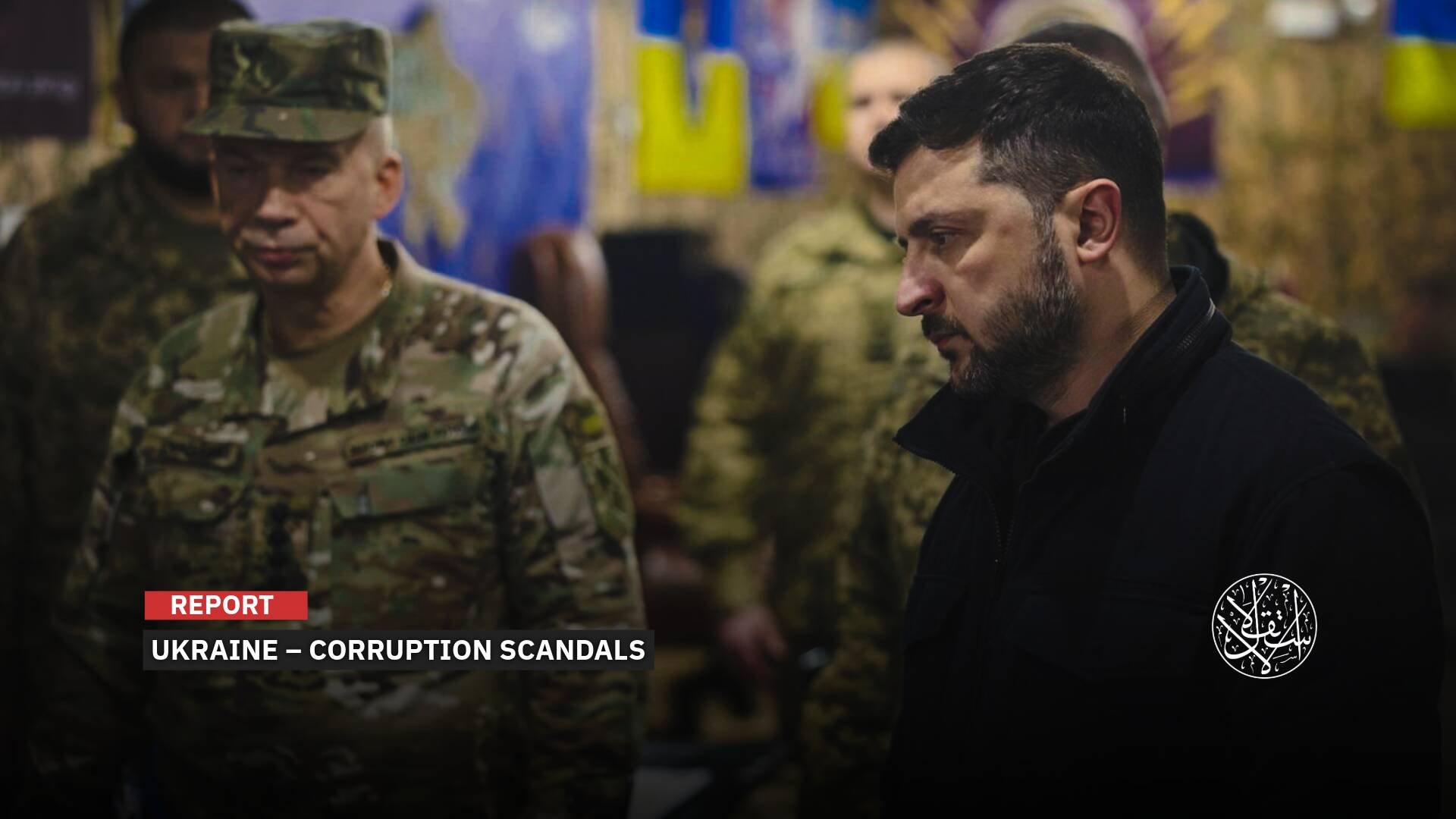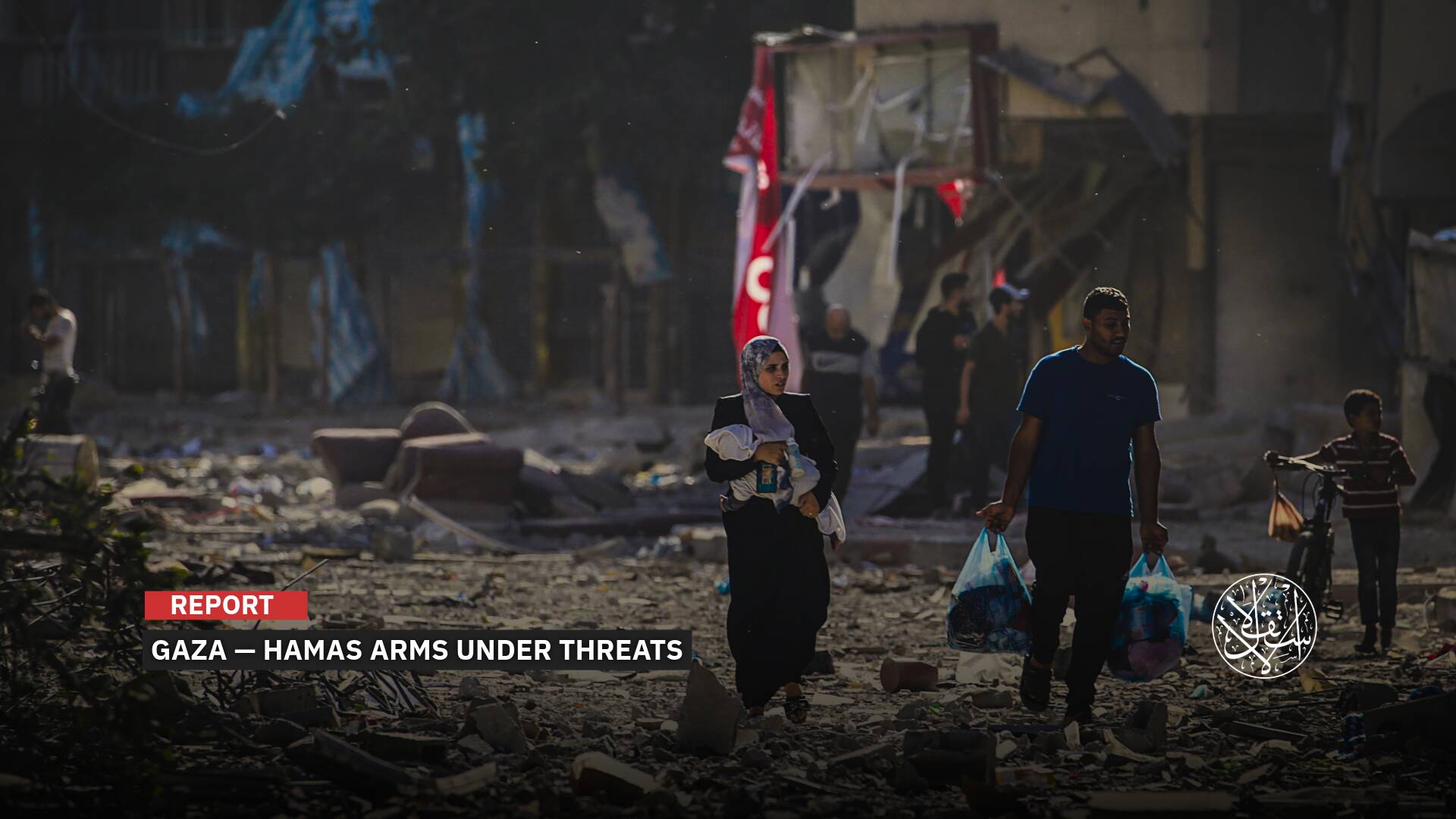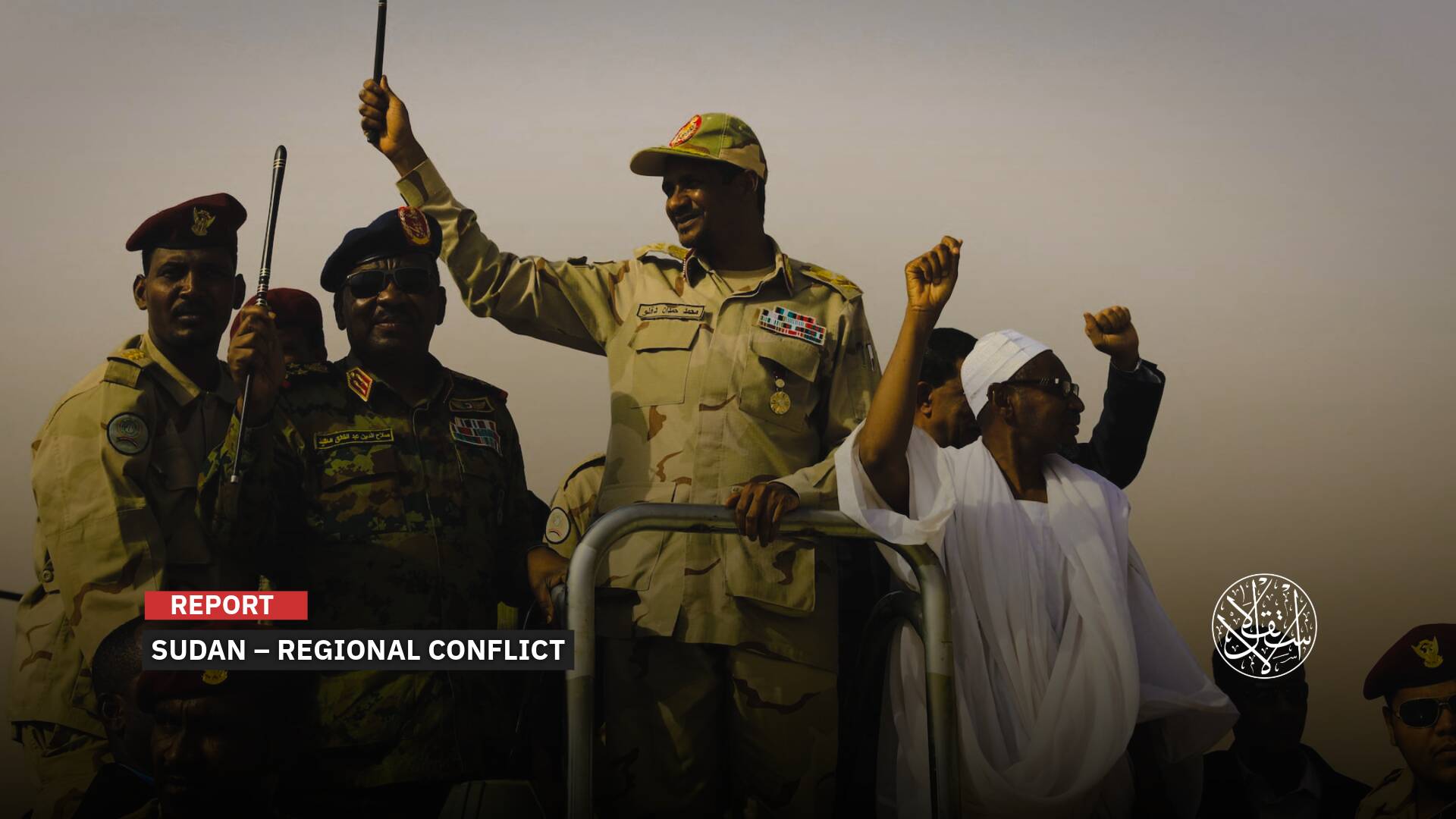Back to the Brink: How Trump Sparked a New Global Nuclear Arms Race

“I have instructed the Department of War to start testing our Nuclear Weapons on an equal basis.”
Talking about nuclear war is no longer a Cold War relic; it’s resurfacing after President Donald Trump announced that the U.S. will soon resume regular nuclear weapons tests, a move described as the most dangerous since the Soviet Union’s collapse and the most symbolic sign of a renewed global arms race.
In a post published on October 30, 2025, on his Truth Social platform, Trump struck a defiant tone, saying, “Because of other countries testing programs, I have instructed the Department of War to start testing our Nuclear Weapons on an equal basis.”
With this announcement, the United States is officially returning to nuclear testing after more than 33 years, since its last detonation in 1992.
Trump justifies the decision by pointing to China’s rapidly expanding nuclear arsenal, insisting Washington cannot sit idle as the strategic gap widens. “Because of the tremendous destructive power, I HATED to do it, but had no choice! Russia is second, and China is a distant third but will be even within 5 years,” he wrote.
Minutes after posting the statement, Trump met Chinese President Xi Jinping in South Korea during the APEC summit—an image that juxtaposed nuclear brinkmanship with economic reality.
This marks a significant shift in U.S. nuclear doctrine; the Trump administration has renamed the Department of Defense as the Department of War, signaling a more confrontational vision of national security and a return to deterrence through superiority rather than restraint.
China and Russia
China and Russia are reshaping the global nuclear landscape. According to estimates by the Federation of American Scientists (FAS), China’s nuclear warheads grew from 350 in 2022 to 410 in 2023, based on SIPRI data. And while this number is still far below the roughly 3,700 warheads in the U.S. arsenal, it signals a strategic shift in Beijing’s approach as it moves to narrow the deterrence gap with Washington.
Russia, meanwhile, is rewriting its own rules of power. On October 26, 2025, President Vladimir Putin announced the successful test of a new nuclear-powered Burevestnik cruise missile, followed by a trial of the Poseidon nuclear-capable underwater drone. Putin declared that “nothing in the world resembles this weapon,” a message aimed as much at politics as at military showmanship—reminding rivals that Moscow can still surprise them despite sanctions and isolation.
The next day, speaking aboard Air Force One, Trump responded, “He [Putin] should get the war ended. A war that should have taken a week is now soon in its fourth year. That’s what he should do instead of testing missiles.”
Yet the reality is that both leaders are reviving the old language of nuclear brinkmanship at a moment when diplomacy is at its weakest since the end of the 20th century.
The Comprehensive Nuclear-Test-Ban Treaty (CTBT) bans all nuclear explosions worldwide, but although the U.S. signed the treaty in 1996, it never ratified it and is therefore not legally bound to follow it. Russia ratified the treaty in 2000 but withdrew its ratification in 2023, leaving all three major powers—America, Russia, and China—outside full compliance with the international rules that shaped the nuclear order for decades.
Observers warn that Washington’s latest move could open the door for others to follow suit, especially North Korea, which carried out five nuclear tests between 2006 and 2017, along with India and Pakistan, both of which refused to sign the treaty in 1998.

Nuclear Tests
Most countries halted nuclear weapons testing after the Comprehensive Nuclear-Test-Ban Treaty (CTBT) was adopted in 1996, driven by growing fears about radioactive contamination and its impact on human health and the environment, whether in the air, underground, or at sea.
The United States conducted its first nuclear test in 1945 and carried out a total of 1,032 tests, according to United Nations data.
The Soviet Union conducted 715 tests, ending in 1990, and Russia has not carried out any since its collapse.
China conducted its last nuclear test in 1996, the same year France ended its program after completing 210 tests since 1945.
The United Kingdom followed with 45 tests between 1952 and 1991.
Since the CTBT came into effect, only ten nuclear tests have taken place—those of India and Pakistan in 1998, with two tests each, as neither country signed the treaty.
The CTBT bans all nuclear explosions, military or civilian, anywhere on Earth. But the United States is not legally bound by it, as it signed the treaty but never ratified it. Signing expresses intent to comply, while ratification is a formal legal approval that makes the treaty binding under international law.
Against this backdrop, the global arms-control system looks increasingly fragile. Some of the pillars that upheld nuclear stability since the Cold War have collapsed one after another. These include the Anti-Ballistic Missile Treaty (ABM), from which Washington withdrew in 2002; the Strategic Arms Limitation Treaty (SALT II), which the U.S. never ratified and later abandoned in 1980; and the Intermediate-Range Nuclear Forces Treaty (INF), which the U.S. left in 2019 after accusing Moscow of violating it.
And after Russia withdrew its CTBT ratification in 2023, the spotlight shifted back to Washington.
Today, Trump’s decision to resume nuclear testing signals that the United States has effectively stepped away from nuclear restraint and returned to a strategy of deterrence through superiority, opening the door to a new phase of the nuclear arms race unlike anything seen since the 1960s.
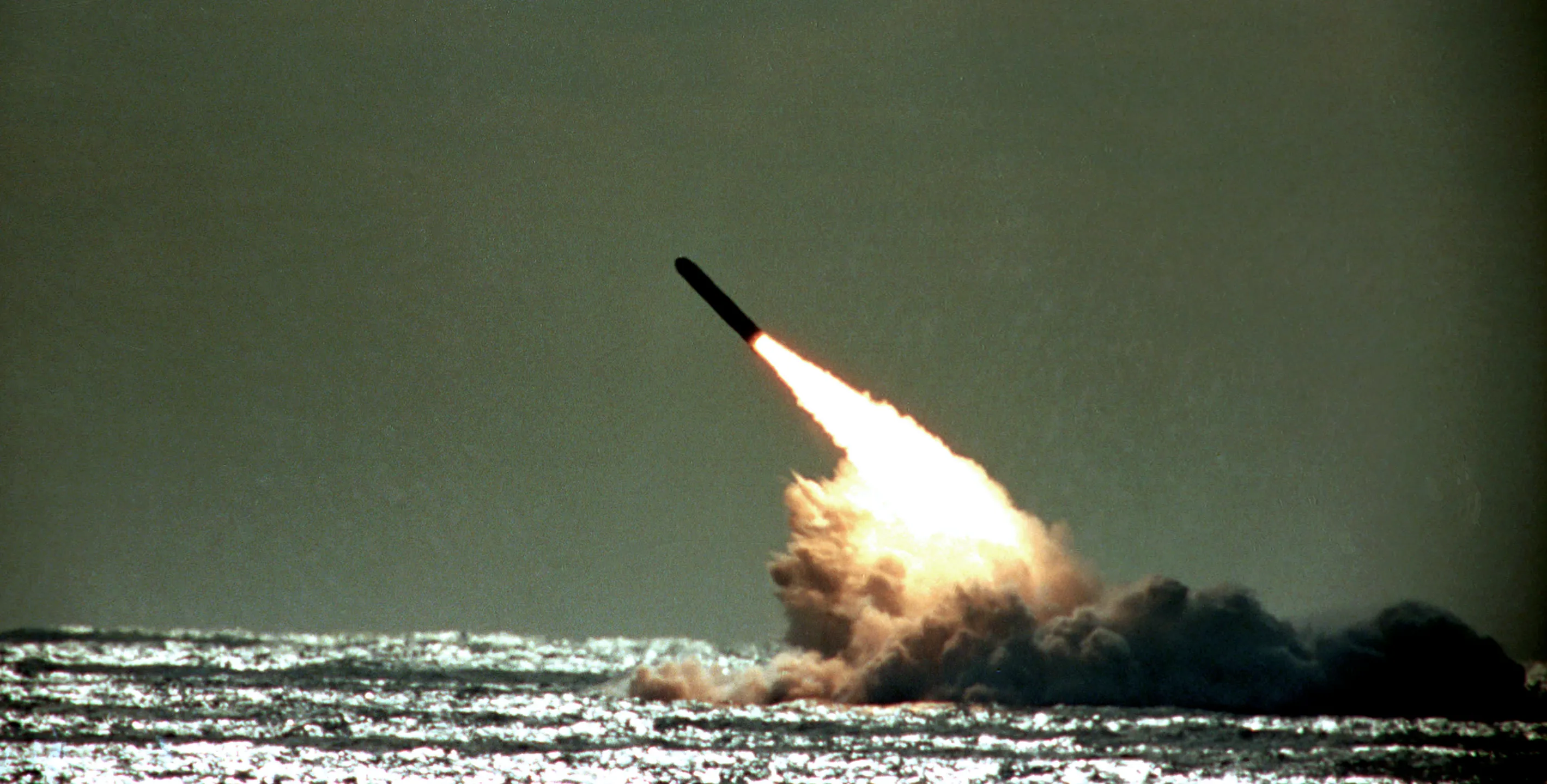
Second Wave
Experts at the Federation of American Scientists (FAS) raised a troubling question in a series of essays titled “The Next Nuclear Age,” published by The Washington Post on July 25, 2025: Is the world standing at the edge of a second wave of nuclear proliferation, as confidence in U.S. security guarantees erodes and the post–World War II international order continues to crumble?
John Wolfsthal, director of the FAS Global Risk team, warns that history doesn’t repeat itself exactly, but it often breathes again, suggesting that the number of nuclear-armed states could double in the coming decades if the world fails to revive its arms-control framework.
This view is echoed by German political analyst Andreas Umland of the Stockholm Center for Eastern European Studies, who argues that Russia’s behavior has been the most destabilizing factor in the unraveling of the postwar system. For nearly a decade, the analyst said, the international order created in 1945 has been eroding, as major powers increasingly treat international law as an option, not an obligation.
Since its founding, the People’s Republic of China has made no secret of its intent to bring Taiwan under its control, a goal that some analysts say is closer than ever as China’s military confidence and strategic capabilities grow.
In Washington, President Donald Trump sparked controversy in early 2025 when he declared his intention to incorporate Canada and Greenland into the United States—remarks widely interpreted as political theater meant to project a desire to redraw America’s geopolitical boundaries and revive the spirit of “exceptionalism” that defined mid-20th-century U.S. policy.
Meanwhile, Russia continues its war in Ukraine as a “correction of Soviet history,” using rhetoric that reinforces expansionist ambitions and redefines sovereignty and legitimacy in ways that unsettle global stability.
In this context, the expansionist impulses of the world’s three most powerful states—China, Russia, and the United States—extend far beyond territory. They reflect a broader effort to reshape the architecture of global nuclear deterrence to suit their own interests, eroding the foundations of the international system that has held for nearly eight decades.

Secret Program
The Nuclear Non-Proliferation Treaty (NPT) now includes 191 member states, among them Iran, which continues to face repeated accusations of pursuing a clandestine military nuclear program, allegations Tehran consistently denies, insisting its activities are purely civilian.
Experts warn, however, that the next two decades could see the number of nuclear-armed states double if geopolitical turmoil persists and the traditional deterrence system continues to fragment.
Researchers at the Stockholm International Peace Research Institute (SIPRI) note that the total number of nuclear warheads worldwide is indeed declining as older ones are dismantled, but new warheads are being produced and added to existing arsenals at a faster pace.
This means the actual level of risk is rising even if the headline numbers appear to be going down.
Observers argue that nuclear deterrence is no longer the stabilizing force it was in the last century. Instead, it has become another ingredient in a growing strategic disorder, especially as artificial intelligence and unmanned systems are increasingly incorporated into modern nuclear planning, raising the likelihood of error and miscalculation.
Since the end of the Cold War, the world has operated under the assumption that “deterrence alone is enough to prevent catastrophe.” But decisions like Trump’s move to resume nuclear testing show that these old assumptions are crumbling one after another.
With diplomatic channels weakened, international institutions eroding, and conflicts intensifying in Ukraine, Taiwan, and the Middle East, the world appears to be moving steadily toward a new era of a nuclear arms race.
The greatest danger is no longer a potential nuclear detonation but the transformation of nuclear weapons into overt political bargaining tools, wielded by leaders who see them as the final guarantee of their international standing in an increasingly unstable global order.



